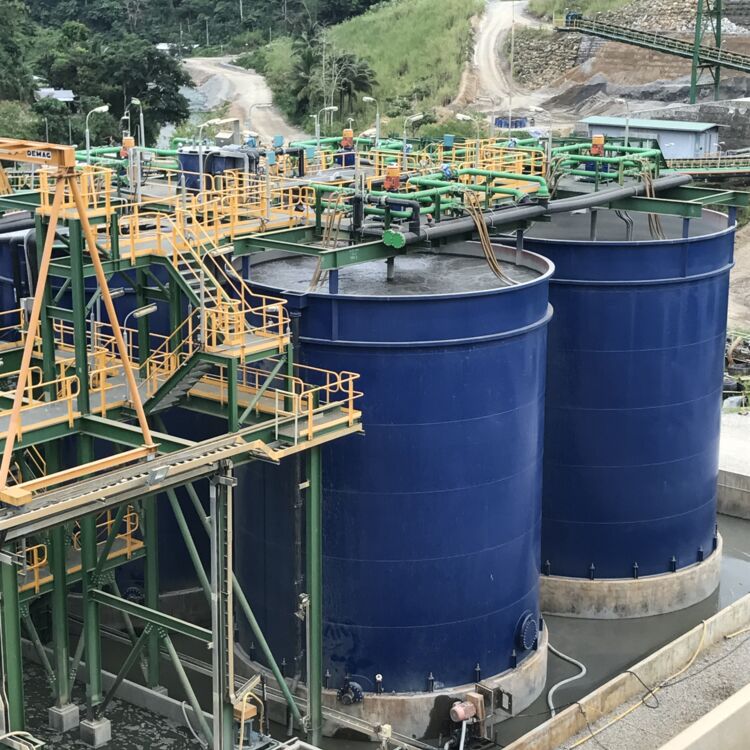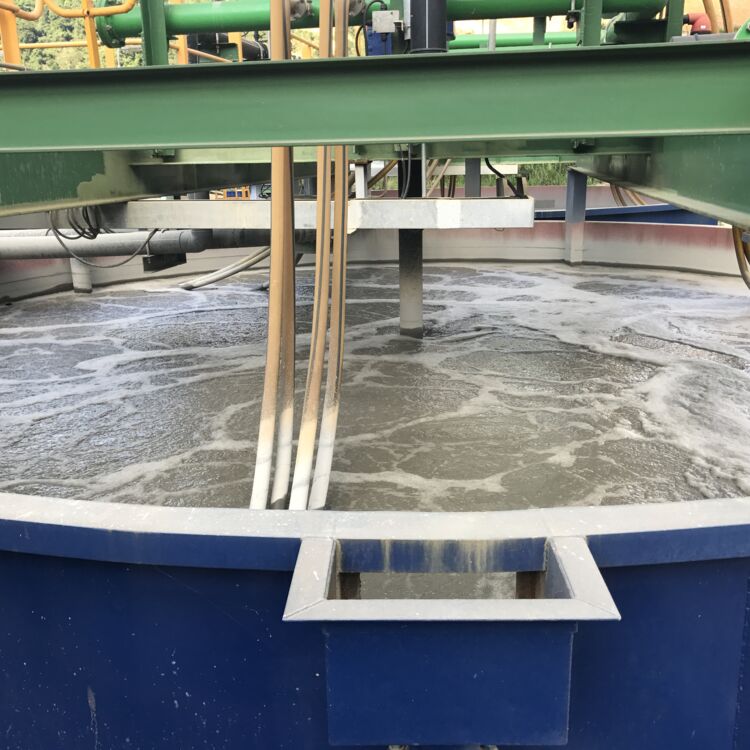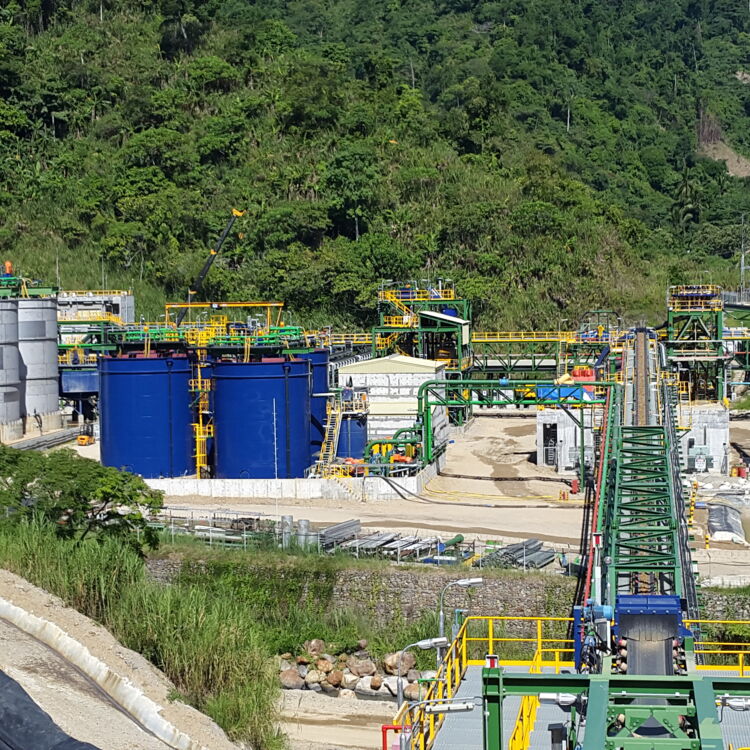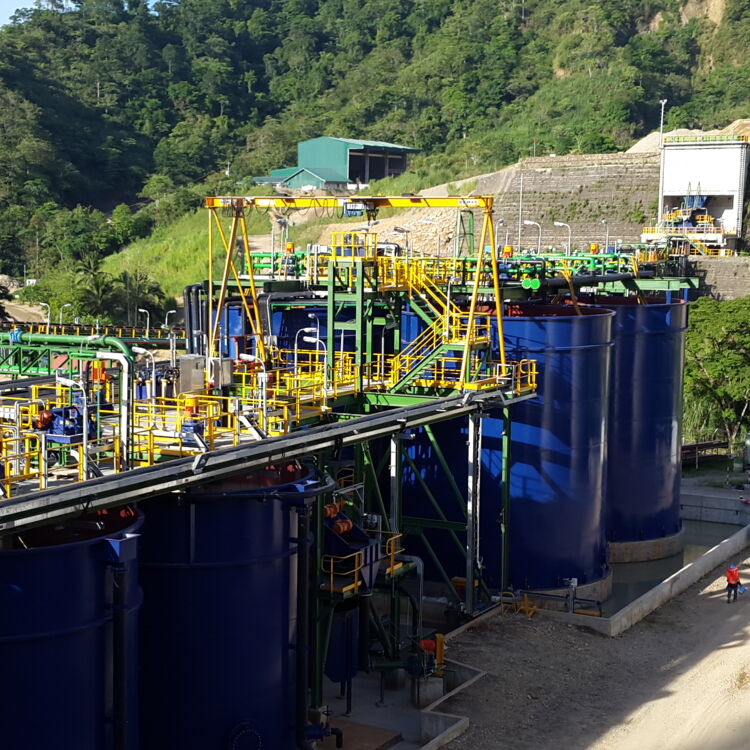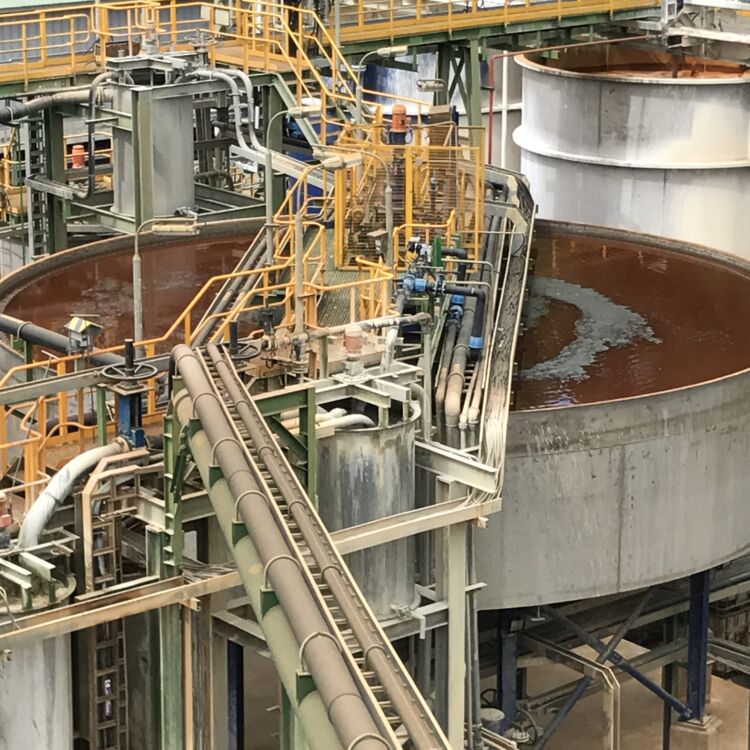The ASTER™ process was developed to deliver an improved and integrated water balance for re-use in BIOX applications. This simple technology has proven to be an effective process for degradation of thiocyanate and cyanide in tailings dam water at thiocyanate concentrations up to 4 g/L and free cyanide levels as high as 50 mg/L.
ASTER is an acronym for Activated Sludge Tailings Effluent Remediation, which is a biological thiocyanate and cyanide destruction process, rendering a non-toxic solution that can be recycled to upstream metallurgical circuits or safely discarded to the environment.
About the Customer
FCF Minerals Corporation (FCF), a wholly-owned subsidiary of Metals Exploration Plc (Metals Exploration), is a Philippine-based resources company and the owner of the Runruno gold project.
Metals Exploration is a natural resource exploration and development company operating in the Pacific Rim, focusing on the Philippines. The Company’s principal asset is the Runruno Gold-Molybdenum Project on the island of Luzon in the northern Philippines which has attracted a series of awards and recognition both internationally and nationally.
INTERNATIONAL AWARDS
- Mining Journal Outstanding Achievement Award
- Best Community Development Initiative Award (Asia Mining Congress – Singapore)
NATIONAL AWARDS
- Presidential Mineral Industry Environmental Award (PMIEA)
- Safest Mines Award - Exploration Category
- Mining Forest Award
- Platinum Award
- The Kabalikat Award
About the Project
The Runruno Gold Project is located on the island of Luzon, approximately 200 miles north of Manilla in the Philippines. The mine is a surface mine operation and uses the proven BIOX® and carbon in leach processes to recover gold, and the ASTER process for detoxification of the CIL residue prior to discharge to the Residue Storage Impoundment (RSI). Work to date has defined a mineral resource of 1.39 million ounces of gold, and the operation will produce 96,700 ounces of gold per annum over a mine life of 10.4 years. The ASTER circuit is designed to treat 5 000 m3 of slurry at a solids concentration of 4-6 % solids and 500 ppm thiocyanate.

